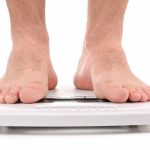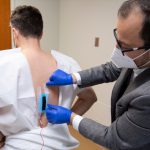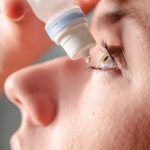
Chances are you know at least one person who’s given up eating gluten. Maybe you’ve even given it up yourself. But who can really benefit from a gluten-free diet? “Gluten is one of the main proteins found in wheat, barley and rye,” said Dr. Joseph Levy, a pediatric gastroenterologist at Hassenfeld Children’s Hospital at NYU Langone, in New York City. “It’s actually a group of proteins and not a single component, but gluten is the general term.” In baking, it plays a key role. “Gluten is responsible for the way dough is able to rise when you put yeast in it,” Levy explained. “It’s the structure of gluten that makes baked goods light and crispy. If you try to cook with gluten-free flour it won’t have the same airiness. The dough is heavier, and the finished product will be flat and heavy.” But though gluten might make for a flaky croissant, it can cause a number of problems for certain people. New York City-based nutritionist Rachel Begun said that three types of people may not be able to eat products containing gluten: people with celiac disease, people with gluten sensitivity or intolerance and people with a wheat allergy. “Celiac disease is an autoimmune disorder, and when gluten is eaten, the body triggers an attack on the intestines,” Begun said. “Damage occurs over time, and nutrients… read on > read on >


















